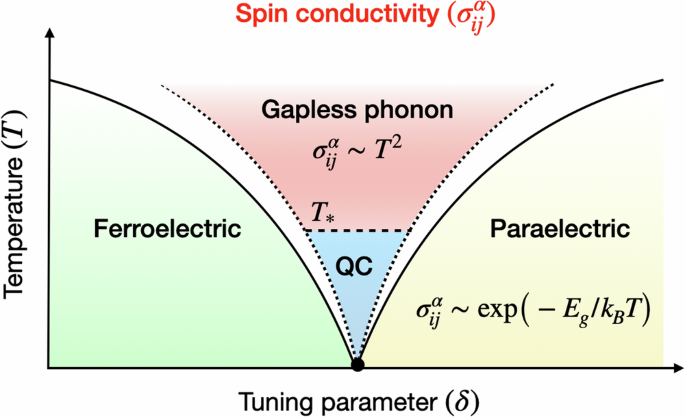2024-07-23 ジョージア工科大学
気候変動問題に対処するため、ジョージア工科大学の研究者は、化石燃料に依存しない効率的な加熱システムを開発しています。彼らは、2つの一般的な塩(塩化マグネシウムと塩化ストロンチウム)を組み合わせることで、熱としてクリーンエネルギーを蓄える技術を発見しました。この技術は、建物の暖房や冷房に利用でき、化石燃料の代替となります。
◆アカンクシャ・メノン助教授の研究チームは、塩を使った化学反応を利用した熱蓄積技術に注目し、水和サイクルに強い塩の組み合わせを見つけました。これにより、熱蓄積の効率が向上し、長期的な使用が可能になります。この研究は、米国エネルギー省と国家科学財団の支援を受けており、気候変動対策としての温室効果ガス排出削減に貢献することが期待されています。
<関連情報>
- https://research.gatech.edu/mechanical-engineering-researchers-use-salt-thermal-energy-storage
- https://www.sciencedirect.com/science/article/abs/pii/S2352152X24015019
水和速度論とサイクル安定性を改善した塩混合物を用いた熱化学エネルギー貯蔵 Thermochemical energy storage using salt mixtures with improved hydration kinetics and cycling stability
Erik Barbosa, Akanksha K. Menon
Journal of Energy Storage Available online: 9 May 2024
DOI:https://doi.org/10.1016/j.est.2024.111916
Highlights
- Salt hydrates are limited by material structural and hygrothermal instabilities.
- Ball milling (microparticles) and preconditioning yields a structurally stable salt.
- Standardized sample fabrication improves water vapor diffusion and reaction kinetics.
- Rational design of a binary mixture uses salts with different hygrothermal behavior
- Salt mixture of MgCl2 and SrCl2 has higher energy storage capacity, power density, and cyclability.
Abstract
Inorganic salt hydrates are promising materials for thermochemical energy storage as they undergo reversible solid-gas chemical reactions with water vapor to yield high energy densities with negligible self-discharge. However, material-level challenges such as structural and hygrothermal instabilities during the dehydration (charging) and hydration (discharging) reaction have limited their practical application in the buildings sector. The objective of this study is to address these irreversibilities in SrCl2 and MgCl2 by establishing a fabrication procedure that minimizes vapor diffusion resistance and lowers kinetic barriers for nucleation via particle size reduction. Furthermore, the distinct phase behavior of these two salts is leveraged to demonstrate a new binary salt mixture. Characterization of these materials was done using simultaneous thermogravimetric analysis (TGA) and differential scanning calorimetry (DSC) with a humidity generator. The results demonstrate that ball milling to particle sizes <50 μm yields a structurally stable material with improved hydration kinetics, while a 50/50 mass ratio of the binary mixture extends the range of conditions for the hydration reaction. Importantly, the salt mixture achieves a high specific energy density of 1100 J g−1 and peak thermal power output of 1.4 W g−1 under conditions at which the individual salts either deliquesce (MgCl2) or do not fully/rapidly hydrate (SrCl2). This work provides a procedure for the standardized fabrication and rational design of thermochemical salt mixtures with complementary phase behavior.




